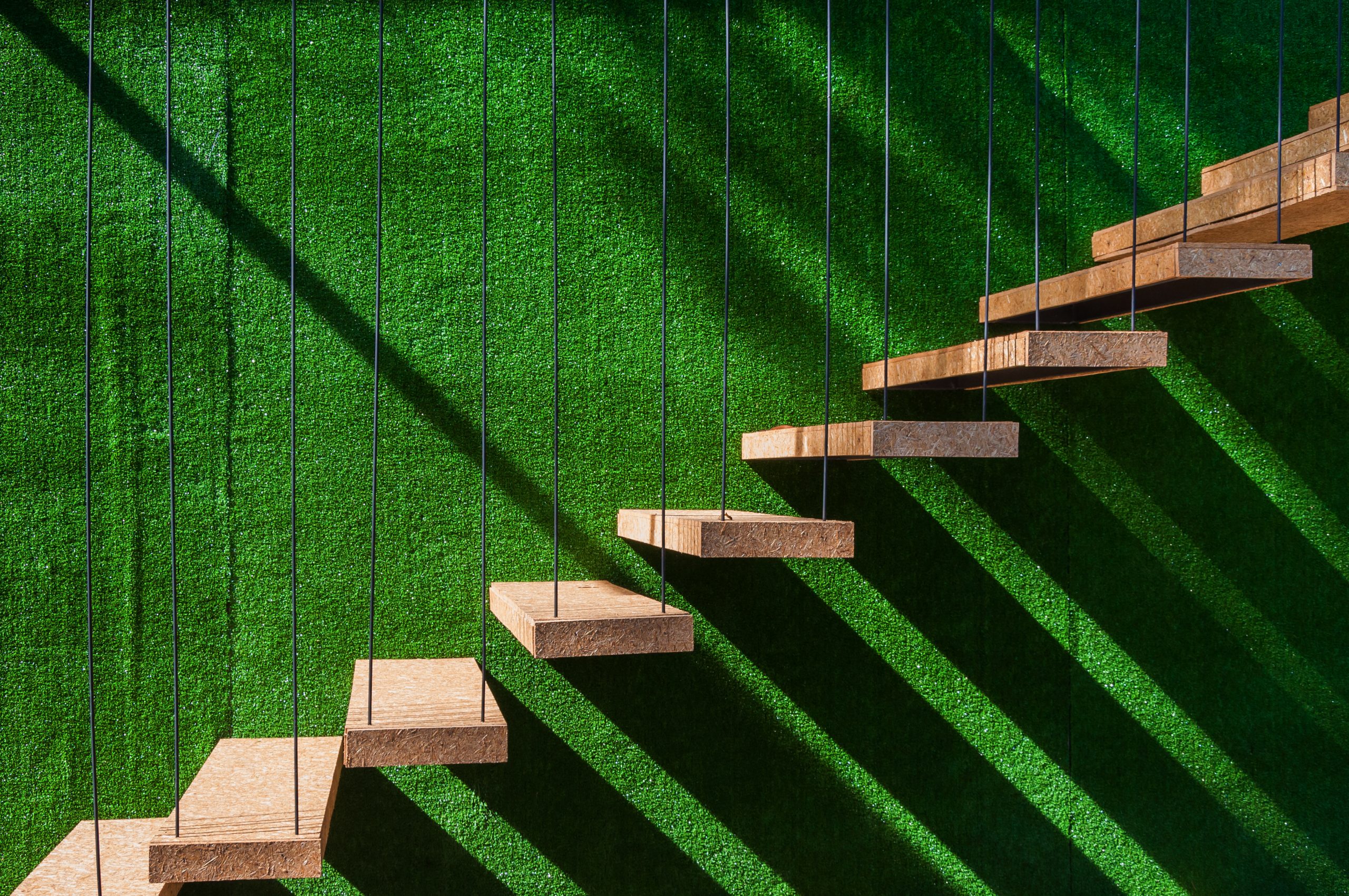We love unusual ideas
As an association, INBRIGHT Nature acquires real estate with the aim of enhancing it ecologically. Our first project is a 20,000 sqm forest plot in Kremmen near Berlin. The pine forest growing here is pure nature at first glance, however biodiversity and resilience in a monoculture forest are very limited. This is why we are currently redeveloping the site into a mixed forest that will cope with climate change better and ensure more biodiversity. By working on this, we want to gain a better understanding of our forest and the challenges of climate change.
Non-Profit Status
It is planned to plant trees regularly with the entire INBRIGHT team as well as interested external partners under professional guidance and to become active ourselves on site. The association´s work is voluntary. INBRIGHT Nature will act in this context as a non-profit association.
FINANcing
The association and the environmental projects are financed by membership fees and donations. In addition, each of the project developments supervised by INBRIGHT makes a proportionate contribution according to a fixed rate (Euro/sqm developed rental space).
Sustainability
INBRIGHT Nature e.V. is not just our answer to heat records, drought, and species extinction. The timber harvested by us in the course of replanting the forest is also used directly in our construction projects in Berlin. In this way, the CO2 is bound in the long term.
INBRIGHT is Climate neutral
For 2020, we have recorded our greenhouse gas emissions at company level and compensated the resulting emissions through a climate protection project in Germany. The process has provided us with valuable insights as to how to reduce our emissions continually in the future. We will consistently continue to compensate unavoidable emissions.


